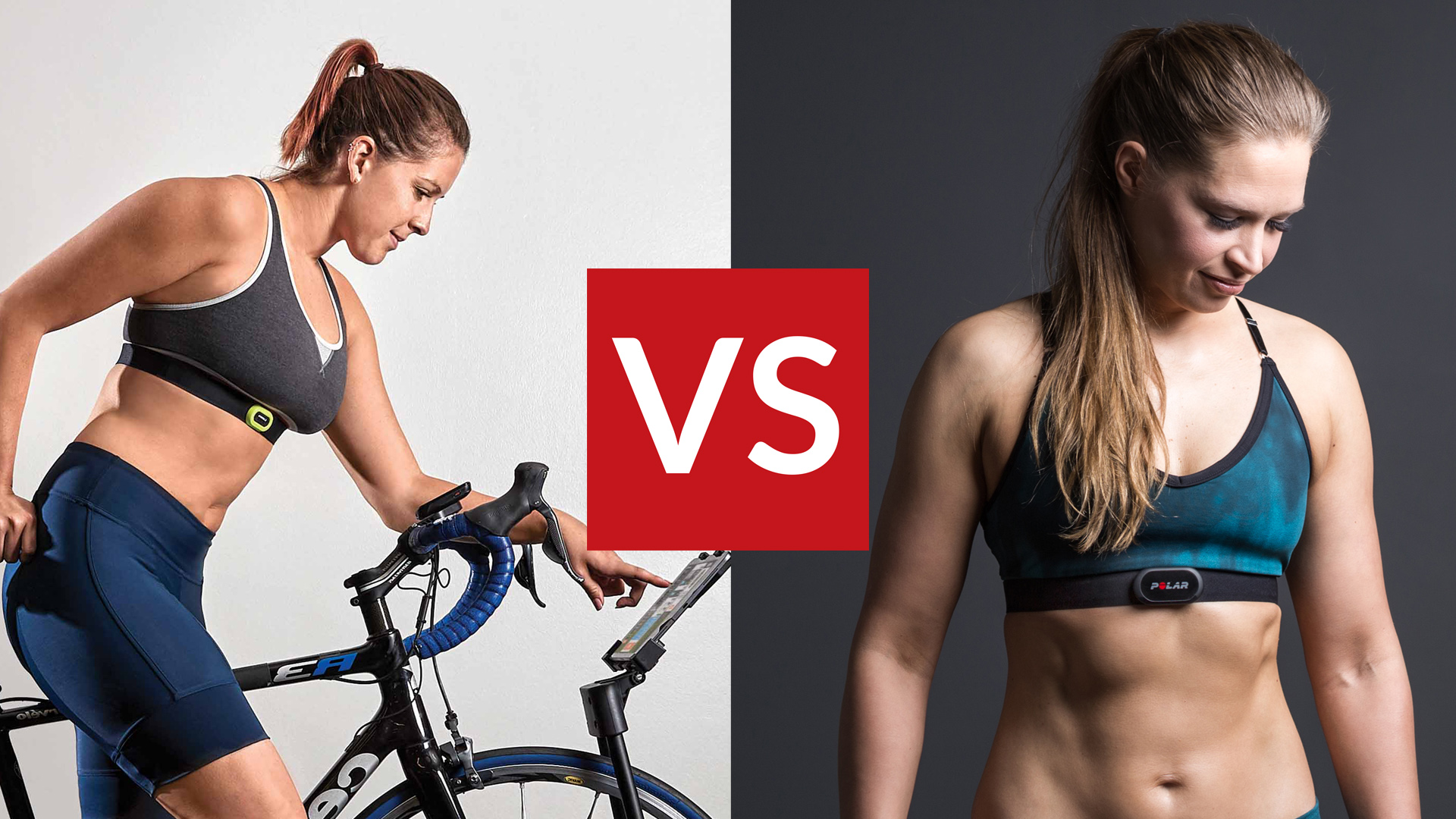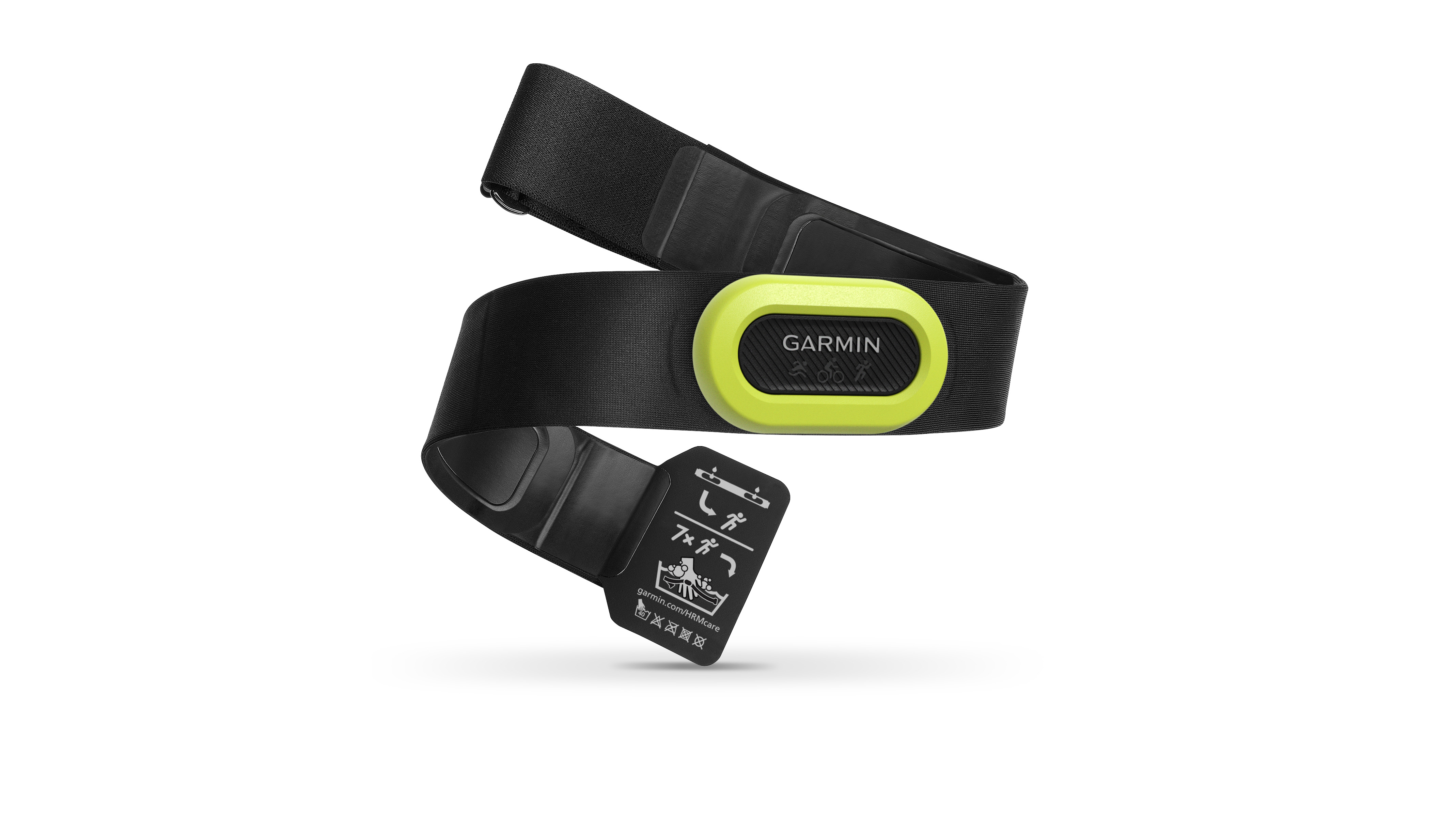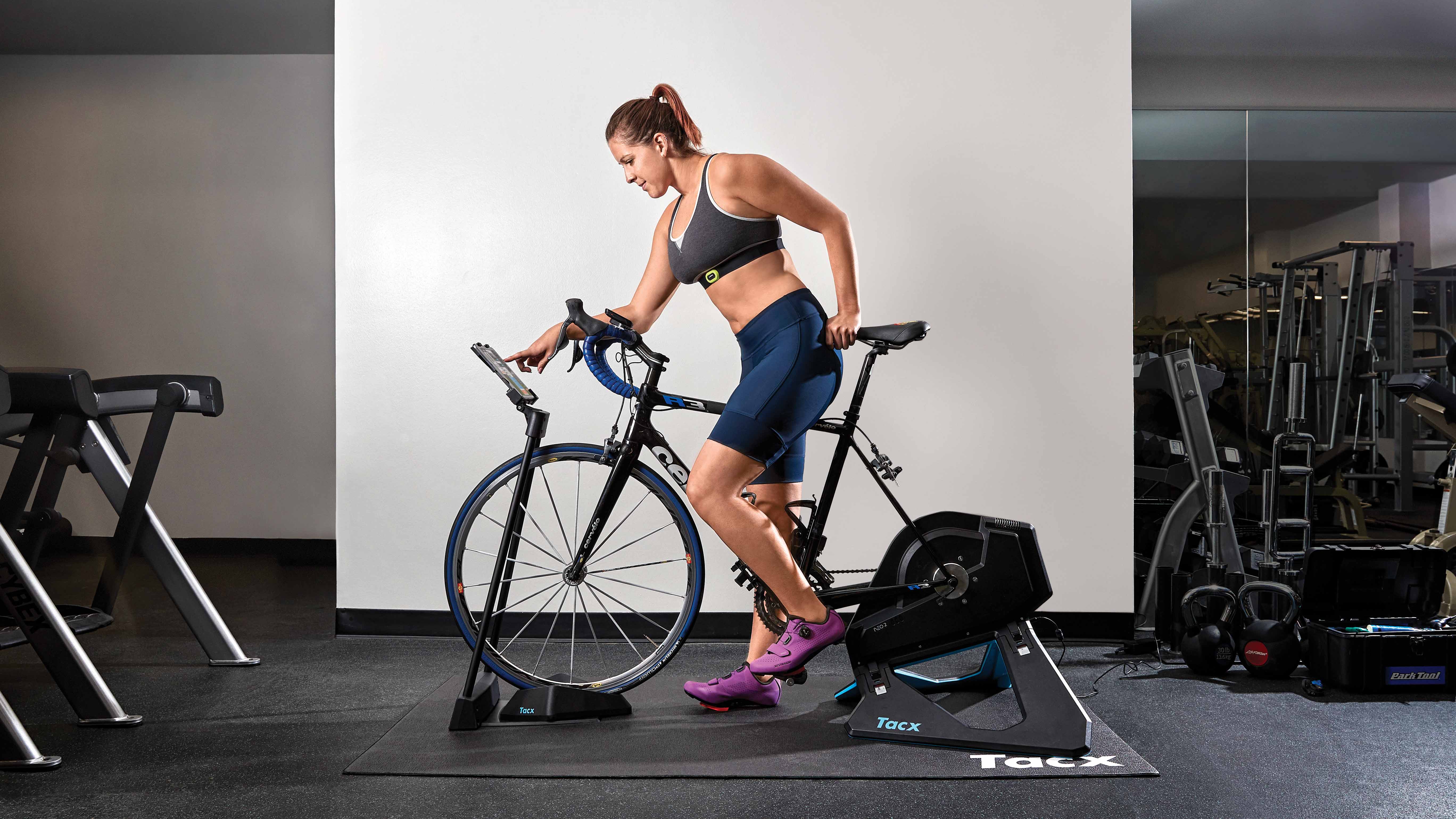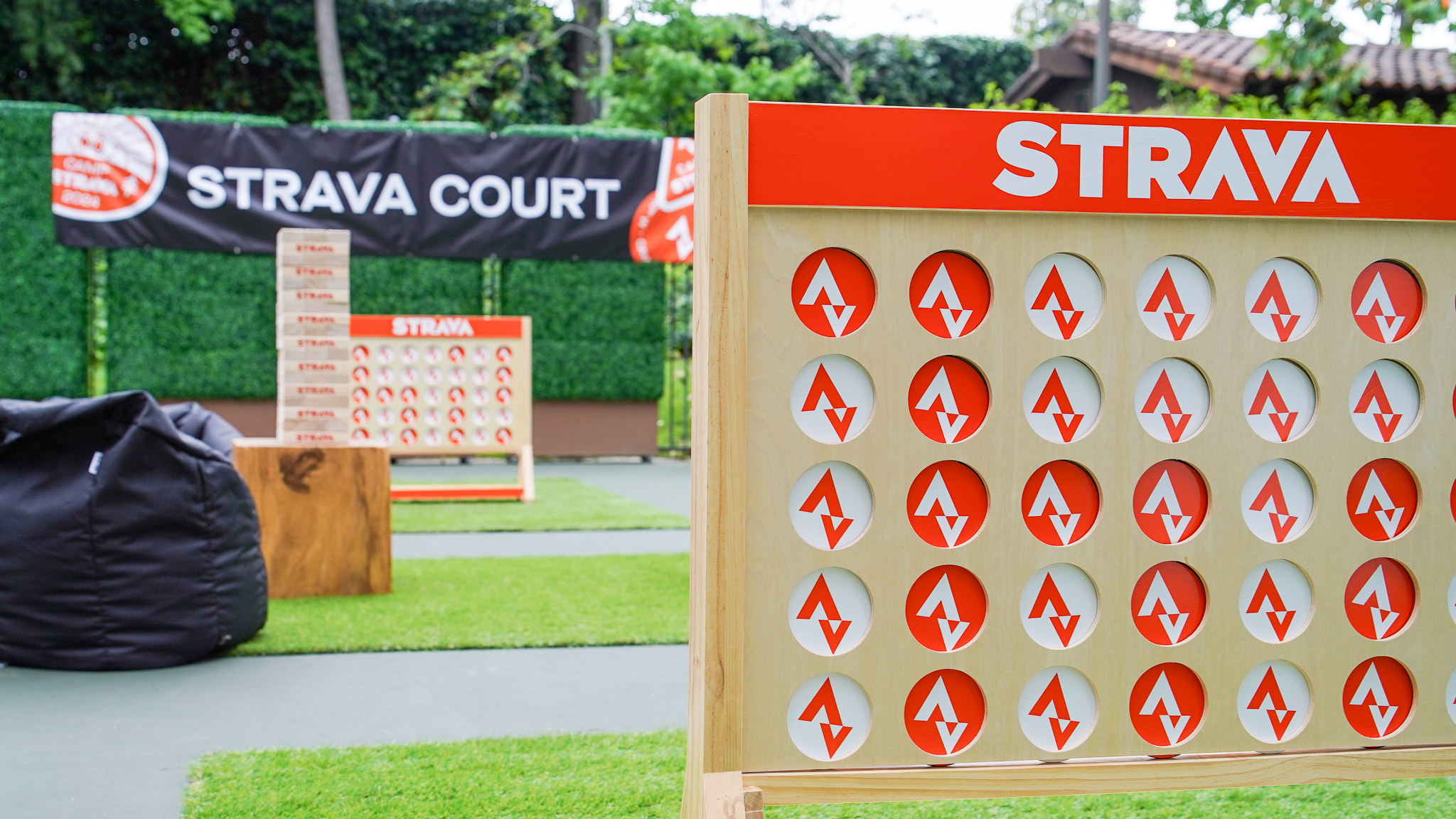

If you are looking for the most precise way to track heart rate during sports activities, you'll need a heart rate monitor, and to determine which is the best, one must compare these two top-tier models, the best Garmin and Polar have to offer. Who's going to win the Garmin HRM-Pro vs Polar H10 battle? Which is the best heart rate monitor? Should you get either instead of a running watch? Your heart is probably beating rapidly with anticipation, so let's crack on.
Garmin HRM-Pro vs Polar H10: Price and availability
The Garmin HRM-Pro is available to buy now at Garmin US and Garmin UK for a recommended retail price of $129.99/£119.99. The HRM-Pro can be bought for around $120/£100 from third-party retailers such as Amazon.
The Polar H10 is available to buy now at Polar US and Polar UK for a recommended retail price of $89.95/£79.50. The H10 can be bought for around $70/£65 from third-party retailers such as Amazon.
For the best prices, have a look at the magical widgets below: they display the best prices based on your location. These prices are also constantly updated (every half an hour) to ensure you always see the best prices available.

Garmin HRM-Pro vs Polar H10 – Features
The Garmin HRM-Pro is similar to the HRM-Run heart rate monitor and comes with all its features (e.g. ability to perform the Garmin Lactate Threshold Test) however, one of the key upgrades is its connectivity via Bluetooth (as well as ANT+) and compatibility with third-party apps such as Zwift, TrainerRoad and Tacx.
The Garmin HRM-Pro strap is also water-resistant up to 5 ATM and can be used to track swimming metrics when linked to a compatible running watch. This also includes dual transmissions and running dynamics, transmitting real-time HR data for increased accuracy. This upgrade combines features from the HRM-Run and Swim models, making it an ideal companion for triathletes.
The Polar H10 strap can connect to two Bluetooth training devices simultaneously and also supports ANT+ connectivity: you can connect the Polar H10 to any ANT+ compatible gym equipment, cycling computers and other training devices. ANT+ and Bluetooth connections can also be active at the same time.
Sign up to the T3 newsletter for smarter living straight to your inbox
Get all the latest news, reviews, deals and buying guides on gorgeous tech, home and active products from the T3 experts
The Polar H10 is also suitable for swimming, but for the best results, you want to wear a tri-suit or wetsuit over it, so it is pressed closer to your skin as you swim. The Polar H10 is equipped with the Polar Pro strap that sports a range of little non-slip dots along the inside of the belt.

Garmin HRM-Pro vs Polar H10 – Design and battery life
From a design point of view, both heart rate monitors are very similar: there is the transmitter unit and the strap. No display, no buttons, just the two aforementioned parts. This makes both devices very resilient – fewer parts to malfunction – and easy to maintain.
As well as generally tracking heart rate more precisely than even the best running watches, heart rate monitors have another huge benefit: they have extremely long battery life. The Garmin HRM-Pro will function for a year if used for no longer than an hour a day, while the Polar H10 boasts an even longer battery life: it will last for 400 hours in between battery replacements with Bluetooth (Low Energy Mode) and 5 kHz transmission active.
One thing that's worth mentioning is the accessibility of said battery: the Polar H10 has a clip-on system for the transmitter, making it easier to remove the battery and clean the strap, whereas you will need to pry off the Garmin HRM-Pro's transmitter cover to access the battery compartment. At first, this might feel like you're going to break the device, but thankfully, it's not often that the battery needs changing.

Garmin HRM-Pro vs Polar H10 – Accuracy
Both the Garmin HRM-Pro and the Polar H10 track heart rate with high accuracy.
The Garmin HRM-Pro is capable of measuring certain running metrics, such as vertical oscillation, ground contact time, stride length, vertical ratio etc. For even more data, you can pair the HRM-Pro to a compatible Garmin running watch and track position outdoors, for example. The HRM-Pro can also be used to perform the Garmin Lactate Threshold test: this will give you an estimate of your ideal race pace for a 10K-half marathon race.
Polar went as far as releasing a White Paper about the accuracy of its H10 strap. It goes into a lot more detail and even offers some comparison to other models, albeit sometimes it skims over the specification and just mentions "Garmin HR Sensor", for example. Nevertheless, from what we can tell and what the data in this document shows, the Polar H10 is a very precise heart rate monitor. If you have a compatible Polar watch, you can also use the Polar H10 to perform the Orthostatic Test, which is a recovery tool for athletes who train vigorously.
Garmin HRM-Pro vs Polar H10 – Verdict
It's not easy to make a judgement on this 'versus'. The H10 is superb value for money and highly accurate. The Garmin HRM-Pro clearly does an awful lot more and is not noticeably inaccurate, but you will have to have a Garmin watch to take advantage of it.
Clearly, if you have a Garmin watch already and want to explore running metrics in great depth, then Garmin's own heart rate strap is the one to buy. If you don't use a Garmin or don't need the extra tracking the HRM-Pro provides, it's just as clear that you should get the Polar H10. Verdict: a hung jury.

Matt Kollat is a journalist and content creator who works for T3.com and its magazine counterpart as an Active Editor. His areas of expertise include wearables, drones, fitness equipment, nutrition and outdoor gear. He joined T3 in 2019. His byline appears in several publications, including Techradar and Fit&Well, and more. Matt also collaborated with other content creators (e.g. Garage Gym Reviews) and judged many awards, such as the European Specialist Sports Nutrition Alliance's ESSNawards. When he isn't working out, running or cycling, you'll find him roaming the countryside and trying out new podcasting and content creation equipment.
-
 This smart home gadget can tell you when to water, feed and move your houseplants
This smart home gadget can tell you when to water, feed and move your houseplantsStress-free plant care? Yes please
By Lizzie Wilmot
-
 Strava just bought Runna and we got the inside story from both CEOs
Strava just bought Runna and we got the inside story from both CEOsNo, Runna isn’t going anywhere – and no, your subscription won’t get more expensive (for now)
By Matt Kollat